

The announcement prompted many climbers to quite correctly make a link between Michael's name and some classic rock routes in the Italian Alps - including the eponymous Fessura Kosterlitz (f6B) 6a+ on Massi del Sergent in the Orco Valley and the rarely repeated Via degli Inglesi (ED) on Piz Badile, Bregaglia. Amongst numerous impressive ascents in the European Alps and in Yosemite and beyond, Michael also made the first repeat of American Direct (ED1 6c+) (ED1) on Les Dru in the Mont Blanc Massif.
Michael played an understated yet influential role in developing modern European Alpine climbing by initiating the Nuovo Mattino or 'New Morning' movement in alpinism, in which limiting, old-fashioned values focussing on summits, nationalism and heroics were challenged in favour of creativity and technological advancement in free climbing. In 1979, a fortuitous encounter with Giampiero Motti and Giancarlo Grassi lead to the formation of a pioneering group referred to as il Circo Volante, or il Mucchio Selvaggio - 'the Flying Circus' or 'the Wild Bunch' - who helped pave the way for progression in alpinism.
Those with a keen eye may also have spotted Michael in Hard Rock - one of Ken Wilson's famous triptych of climbing books - on Gormenghast (E1 5b), E1 in Eskdale.
Born in Aberdeen in 1943, Michael received his Ph.D. from Oxford University in 1969. Following a period as a postdoctoral researcher at Torino University in Italy - in convenient proximity to the Italian Alps - he became a research fellow at Birmingham University in 1970 before beginning work at Brown University in the USA in 1982.
Speaking to Brown University - where he is a Professor of Physics - via a video conference from Finland yesterday, Michael expressed his surprise upon hearing the news:
'At the moment I feel like I’m in some alternate universe, where reality has taken a long vacation. But everything seems to be real, so I guess I will have to assume that it is and proceed accordingly.'
Michael's father, the biochemist Hans Kosterlitz, is credited as one of the key discoverers of endorphins.
Trivia question: How many British-born Nobel Prize winners were/are also keen climbers or mountaineers?
Watch a video of Michael's video conference with Brown University.
More information about Michael's award on Nobelprize.org.
For more information about Michael, visit Brown University's news report.

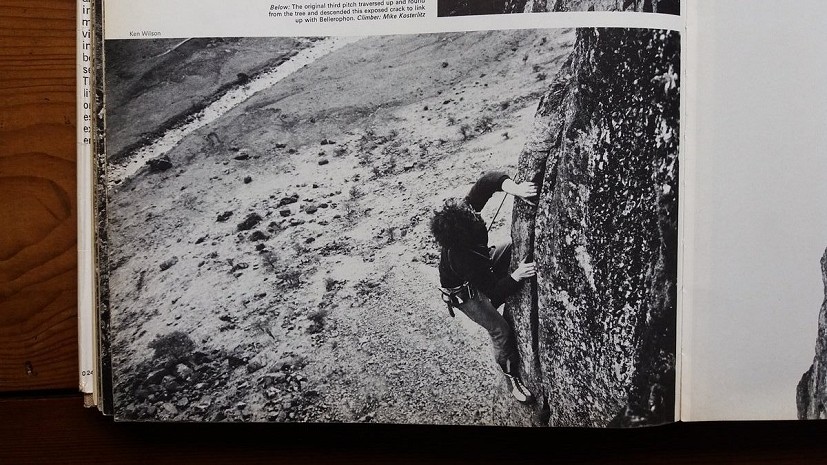


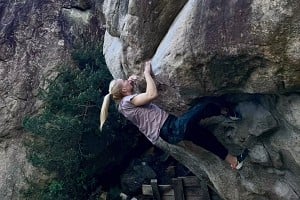
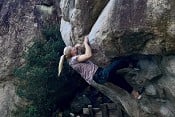


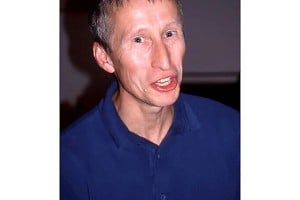
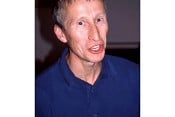
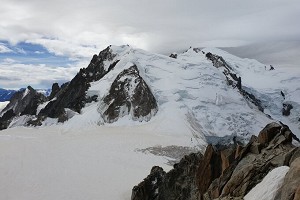
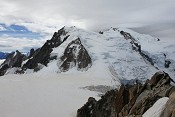
Comments